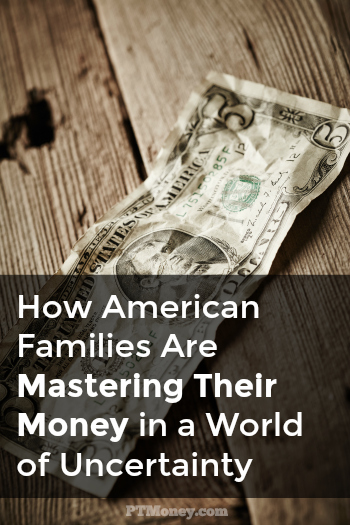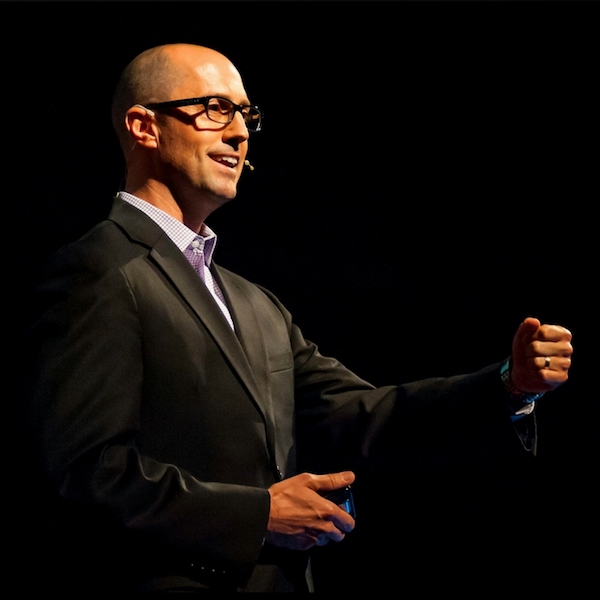What to Tell Grandma: Disadvantages of Doing a Reverse Mortgage

One of the retirement “tools” being touted right now is the reverse mortgage.
The idea is this: You have put a lot into your home, building up equity.
Now, you can use your home to fund a retirement. With a reverse mortgage, the bank pays you every month (or you can get a lump sum), providing you with income in your retirement.
Of course, the reverse mortgage is actually a loan; it needs to be paid back with interest. However, the reverse mortgage is not paid back until the house is sold.
While reverse mortgages can be tempting, it is important not to jump into one. Carefully consider the disadvantages that can come with a reverse mortgage.
Table of Contents
How Does a Reverse Mortgage Work?
Before getting into the disadvantages of a reverse mortgage, it might be
In a reverse mortgage, the borrower receives a monthly payment from the mortgage lender instead of making a monthly mortgage payment to the lender. But, even though you are receiving a check from the lender rather than sending one, a reverse mortgage is still a loan.
Not everyone qualifies for a reverse mortgage. Here are a few of the things you need to know before applying for a reverse mortgage:
- You have to be age 62 or older
- You have to live in the house that you are using to secure the reverse mortgage
- Everyone listed on the deed to the home must be on the application
- Each applicant must meet all of the eligibility requirements before the loan can commence
- The home must be paid in full or have a balance low enough that the proceeds from the reverse mortgage can pay it off
Lenders will look at a variety of things when you apply for a reverse mortgage, however the most important criteria is the value of your home. This is the factor that determines the total value of the loan. Obviously, the more valuable your home is (and the less you owe on it) the more you can expect to get from the lender.
After you get approved for the loan you will have a few options on how you would like your funds to be dispersed. You can receive the proceeds of your loan:
- As a lump sum
- As monthly payments
- As a line of credit that can be used as you wish
- Any combination of these
The nice thing about reverse mortgages is their flexibility. You can use the money for whatever you wish and not worry about ever making a payment to the lender as long as you live, at least as long as you continue to live in the home.
Disadvantages of a Reverse Mortgage
Now that we know what a reverse mortgage is and how it can help, we need to be on the look out for these disadvantages.
High Fees and Interest
When you get a reverse mortgage, you will pay high fees and high interest. Because your income doesn’t matter, and your credit is practically a non-issue with a reverse mortgage, you will be paying for it. Your reverse mortgage amount is almost entirely dependent on the equity you have in your home. However, this comes with a cost.
Many of the fees charged – from loan origination fees to other costs – are quite high. And the interest rate on a reverse mortgage is also usually rather, especially compared to other home loans based on equity. You will see a huge difference between the equity in your home and the amount of money you actually receive.
What Happens with Your Heirs?
Some people aren’t particularly interested in what assets their heirs end up with, but you might care about what happens to your estate. When you have a reverse mortgage on the home, it has to be repaid when you die.
This means that your home has to be sold in order to repay the loan, or, if they want to keep the home in the family, your heirs will need to come up with the money to pay off the loan. This can significantly reduce the cash your heirs get.
You Might Have to Pay Back the Reverse Mortgage
Unfortunately for you, death is not the only thing that triggers the requirement to repay your reverse mortgage. If you are not living in the home for more than a year, then you have to begin repaying the reverse mortgage – or sell the house. This means that if you have to go into long-term care, you will have to begin making arrangements to repay your reverse mortgage.
Trying to repay the reverse mortgage can also cut into your gains if you decide to sell your home so that you can downsize. If you don’t live in the home until you die, a reverse mortgage can turn into a real problem.
Disreputable Lenders
Finally, you have to be on the look out for scams. The Federal Housing Administration approves some lenders for reverse mortgages, and this can limit some of your risk. However, not all lenders are reputable, and reverse mortgages provide all sorts of opportunities for scammers.
You might go to get a reverse mortgage – only to be socked with even higher fees, almost usurious interest, and even be scammed out of the house altogether. Those are some big risks to take.
Bottom Line
There are plenty of disadvantages that come with reverse mortgages, and in many cases they should only be used as a last resort. There are plenty of other retirement tools to turn to first.




![Avoid PMI and Keep Your Cash with Unison HomeBuyer [Review]](jpg/screenshot_20170306-142743-768x1212.jpg)

![How to Get Out of a Timeshare Legally with Newton Group [Review]](jpg/newton-group-transfers-min-768x432.jpg)
Better add one more disadvantage to discuss with grandma and that is lenders steering seniors into the less-suitable fixed-rate reverse mortgage which cost an estimated $131,000 in added interest per victim or their heirs.
Basically a reverse mortgage is just another way for banks or other “financial entities” to stick it to the elderly. Great post.
There’s no such thing as a free lunch!